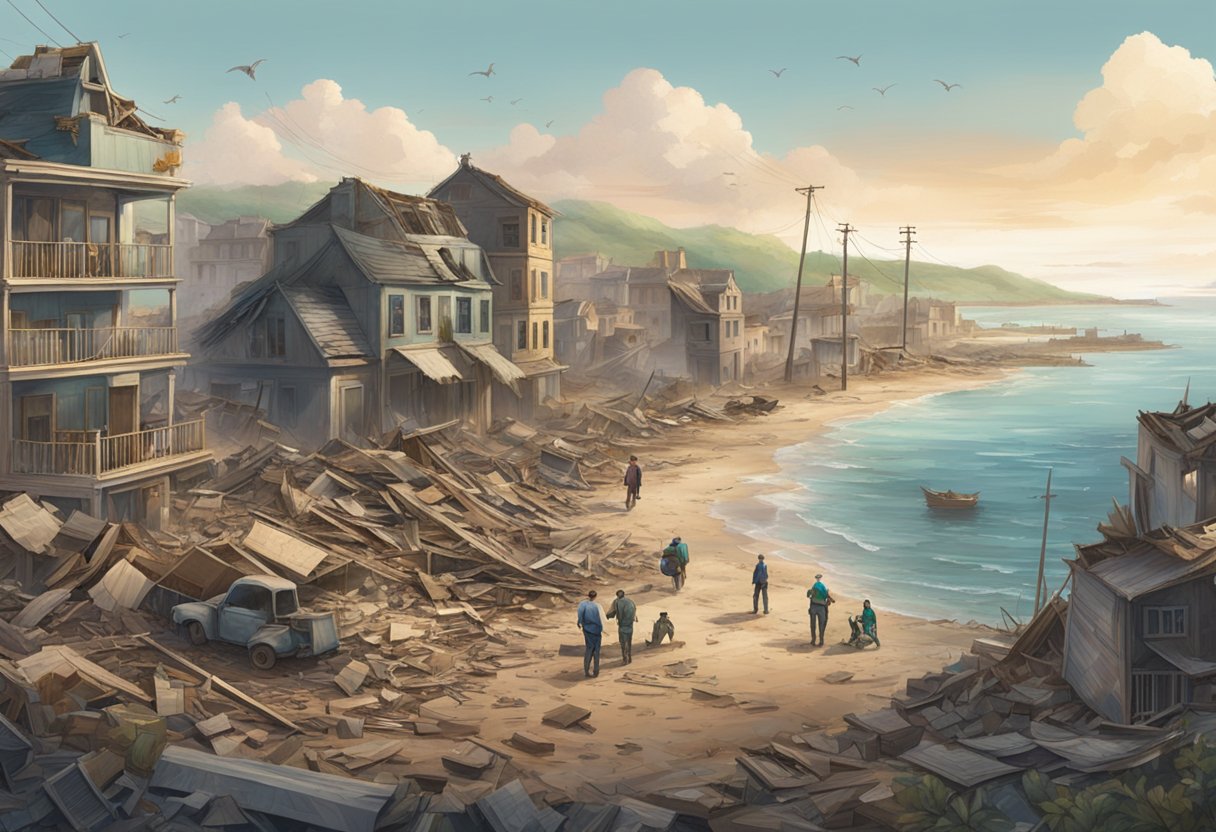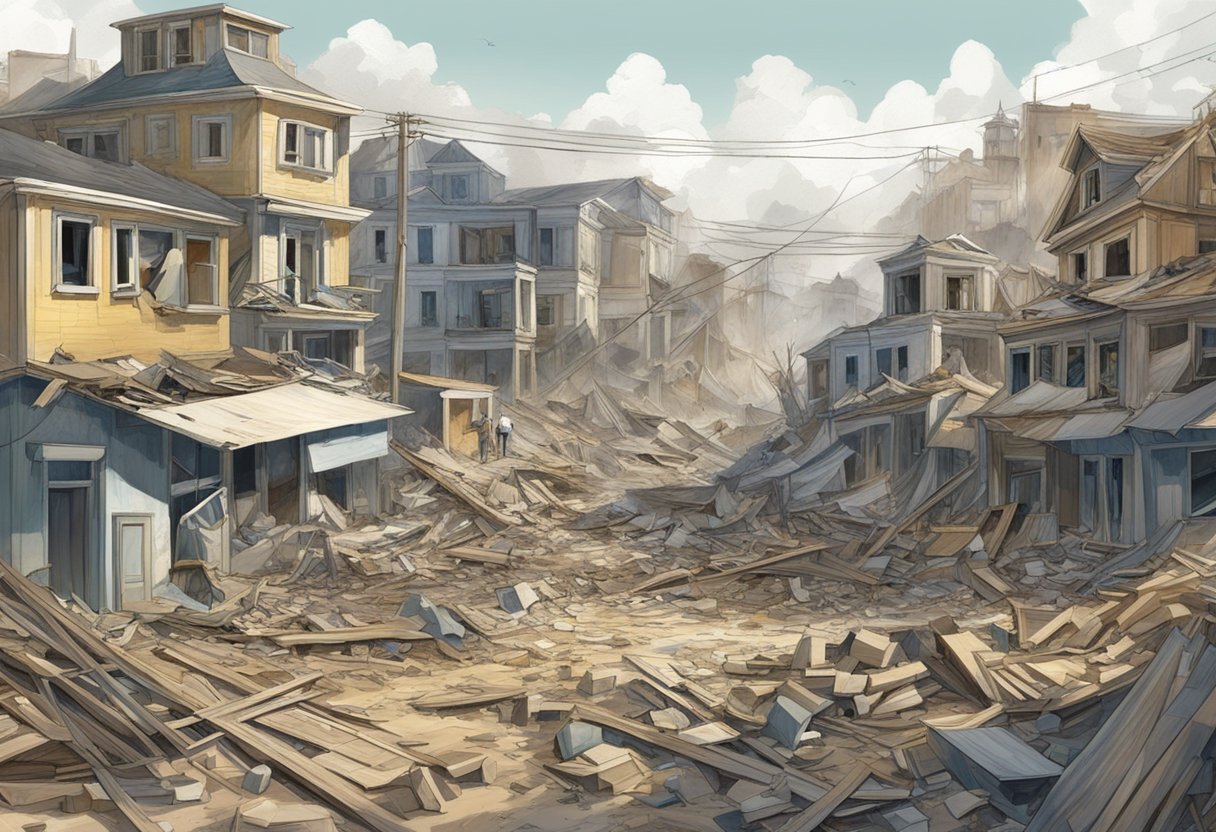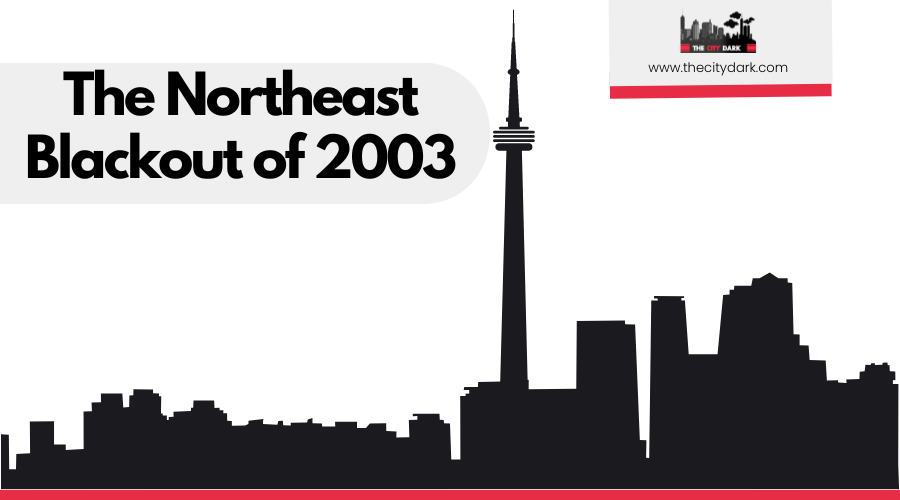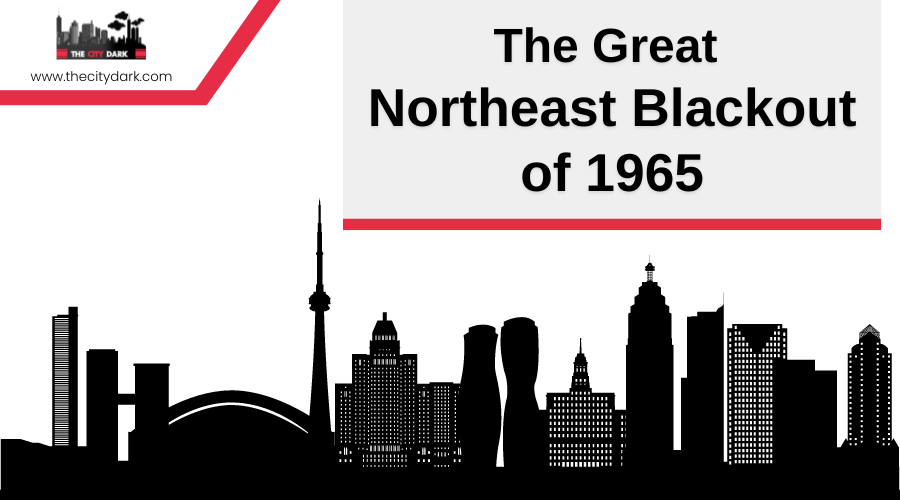The Great East Japan Earthquake of 2011: Resilience and Recovery Efforts

On March 11, 2011, the Great East Japan Earthquake shook the Tohoku region with a magnitude 9.0 tremor, sparking a tsunami that devastated coastal communities. The disaster caused extensive damage and loss, challenging the resilience of the Japanese people. In the years since, Japan has shown remarkable recovery and adaptation efforts to build safer and more secure environments.
The earthquake’s impact extended to disaster management policies, prompting significant changes. Japan’s response involved nationwide initiatives to strengthen both infrastructure and community preparedness. These measures aimed at ensuring that future generations could withstand similar calamities more effectively.
While the immediate aftermath was marked by chaos and destruction, long-term recovery highlighted the strength of community bonds and innovation in rebuilding efforts. Japan's journey from disaster to recovery offers valuable lessons in resilience and the importance of coordinated response.
Historical Background
On March 11, 2011, Japan faced a catastrophic event that led to significant changes in their disaster management policies. The earthquake and tsunami caused immense destruction and a nuclear crisis.
The 2011 Great East Japan Earthquake and Tsunami
On March 11, 2011, a Magnitude 9.0 earthquake struck off the northeast coast of Japan, near the Tohoku region. The earthquake's epicenter was located in the Pacific Ocean, causing powerful tremors that were felt as far away as western Japan.
The earthquake triggered a massive tsunami. The wave, described as a black wall of water, swept over sea walls and inundated over 400 square kilometers along the coast. Many towns and villages were completely destroyed.
The natural disaster resulted in the tragic loss of approximately 20,000 lives. It also left thousands of people homeless and displaced, sparking a large-scale humanitarian crisis. Immediate rescue efforts focused on searching for survivors among the rubble and debris.
Fukushima Daiichi Nuclear Power Plant Crisis
One of the most severe consequences of the March 11 earthquake and tsunami was the crisis at the Fukushima Daiichi Nuclear Power Plant. The tsunami overwhelmed the plant's cooling systems, leading to a loss of power and subsequent meltdowns in three reactors.
The accident released significant amounts of radioactive materials into the environment. Evacuation orders were issued for residents within a 20-kilometer radius of the plant to protect them from radiation exposure.
This nuclear disaster forced Japan to rethink its nuclear energy policies. It also led to rigorous safety reviews and the implementation of new regulations to enhance the resilience of nuclear facilities against natural disasters.
Cleanup and decontamination efforts continue to this day, with significant progress made, yet challenges remain in fully addressing the long-term impacts of the Fukushima crisis.
Impact Analysis

The Great East Japan Earthquake of 2011 had far-reaching impacts on infrastructure, populations, and health. Each of these areas faced unique challenges and has shown different aspects of both resilience and areas needing improvement.
Effect on Infrastructure
The earthquake and tsunami caused widespread devastation to infrastructure in the Tōhoku region. Buildings, bridges, and roads were destroyed. Major cities and small towns alike saw significant damage.
Railways and ports were disrupted, impacting transportation and trade. Airports like Sendai were temporarily closed due to flooding and debris. Essential services such as water, electricity, and gas were cut off, affecting millions of residents.
The reconstruction of infrastructure has been an ongoing process. Efforts have included rebuilding homes to be more earthquake-resistant and relocating communities to higher ground to avoid future tsunami threats.
Impact on Populations and Municipalities
The disaster displaced hundreds of thousands of residents. Entire municipalities in Iwate, Miyagi, and Fukushima were evacuated. Many people lost their homes, belongings, and loved ones, leading to severe emotional and psychological stress.
Evacuation centers were set up to provide immediate shelter. Although these centers provided safety, they often lacked privacy and proper sanitation. Social isolation became a significant issue, especially for elderly survivors.
Some municipalities faced long-term depopulation as younger residents moved away permanently. Disaster victims continued to require support for housing, employment, and emotional well-being long after the event.
Health Status and Medical Concerns
The earthquake and tsunami had significant health impacts. Immediate injuries included fractures, lacerations, and exposure to cold water. Long-term health issues have also emerged.
Mental health challenges, including Post-Traumatic Stress Disorder (PTSD) and depression, became prevalent. Many survivors experienced social isolation and stress. Mental health services were stretched thin, struggling to meet the high demand.
Chronic illnesses like diabetes worsened due to disrupted medical care and stress. The nuclear accident in Fukushima increased concerns about long-term exposure to radiation, leading to ongoing health monitoring of affected populations.
In summary, addressing both immediate and long-term health needs has been crucial for recovery, requiring substantial resources and coordination from medical and governmental bodies.
Response Strategies

The Great East Japan Earthquake of 2011 prompted a series of urgent response strategies to protect lives and manage the disaster. These strategies involved immediate actions, long-term planning, and improved disaster management systems.
Immediate Disaster Response
The immediate response to the earthquake and tsunami involved swift evacuation procedures. Local authorities used loudspeakers, sirens, and emergency alerts to guide people to safety.
The government and international agencies collaborated to provide disaster relief. Supplies like food, water, and medical aid were flown into affected areas. Rescue teams searched for survivors amidst the rubble.
Data from past disasters informed disaster management tactics. This included setting up temporary shelters and creating efficient supply chains for disaster relief.
Evacuation efforts were prioritized to protect residents from aftershocks and the nuclear accident at the Fukushima Daiichi plant. The nuclear accident required special measures, including the evacuation of a large radius around the plant and close monitoring of radiation levels.
Japan's Disaster Management System
Japan has overhauled its disaster management system since the 2011 earthquake. New policies focus on building resilience and ensuring that communities can withstand future disasters.
Key changes include the implementation of a more effective tsunami warning system. This system sends quicker and more detailed alerts to the public.
Improved land-use planning has been introduced, especially in high-risk coastal areas. Building regulations now require structures to be more earthquake-resistant, and evacuation routes have been clearly marked and tested.
Japan has also strengthened its collaboration with other countries and international organizations. These partnerships help share best practices and provide mutual aid during disasters.
These upgrades ensure that the nation is better prepared for future emergencies, protecting its people and infrastructure.
Reconstruction and Recovery Initiatives

Efforts to rebuild Japan after the Great East Japan Earthquake have focused on restoring infrastructure, supporting affected communities, and rejuvenating the economy.
Rebuilding Infrastructure
Following the 2011 disaster, Japan prioritized rebuilding critical infrastructure. Roads, bridges, and railways in the Tohoku region were extensively damaged, hindering transportation and logistics. The Japanese government, in collaboration with international partners like the World Bank, implemented extensive rebuilding projects.
Electricity and water systems were also rapidly restored. Temporary housing units were set up for displaced residents. By 2014, major infrastructure projects saw significant completion, ensuring better disaster resilience.
Restoring infrastructure was crucial for normalizing daily life and supporting economic activities, which in turn aided in faster recovery.
Support for Affected Communities
Support for affected communities was a multifaceted approach involving emotional, social, and financial aid. Immediate actions included providing temporary shelters and healthcare services.
Emotional support was essential to help residents cope with trauma. Counseling services and community activities strengthened social capital and social supports.
Financial aids, like subsidies and grants, were given to individuals and families to rebuild homes and businesses. Partnerships with NGOs and local governments ensured resources were efficiently distributed. Overall, these coordinated efforts helped residents regain normalcy and rebuild their lives.
Economic Restoration Efforts
Economic restoration involved revitalizing key sectors such as manufacturing, agriculture, and fisheries. Factories were rebuilt, and new job opportunities were created, significantly increasing employment rates. Particularly, the reconstruction of the manufacturing sector served as a catalyst for economic growth in the region. Incentives and tax breaks attracted businesses back to the Tohoku region.
In parallel, the government invested in education and vocational training programs to equip the workforce with necessary skills. Collaborative partnerships with international organizations, like the United States, facilitated knowledge exchange and resource allocation. Heavily investing in economic restoration was crucial to ensuring the long-term sustainability and prosperity of the affected areas.
Disaster Risk Reduction

Disaster risk reduction involves various strategies and tools to minimize the damage caused by disasters. This section covers preventive measures, advancements in warning systems, and risk assessment techniques that have been employed to protect communities.
Preventive Measures and Policies
Japan has adopted numerous preventive measures to mitigate disaster risks. One significant policy is the construction of seawalls along coastlines to reduce tsunami impact. These structural measures are complemented by non-structural measures like public education on emergency preparedness.
Legislation plays a critical role. The Sendai Framework for Disaster Risk Reduction highlights the importance of building resilient infrastructure. It emphasizes community-based disaster risk management programs, ensuring locals are engaged and informed.
Effective disaster risk management also involves vulnerability assessments. This allows for areas most at risk to be prioritized for protective measures. Additionally, regular drills and simulations help residents practice evacuation and safety procedures.
Advancements in Warning Systems
Japan's warning systems have seen significant advancements since the 2011 earthquake. Early warning systems (EWS) now provide real-time alerts about impending tsunamis and earthquakes. These systems rely on seismic sensors and ocean buoys to detect anomalies.
A critical element of these systems is their ability to broadcast alerts through multiple channels. Emergency alerts are sent via television, radio, and mobile phones, ensuring rapid dissemination of information. This quick response time saves lives.
Furthermore, Japan has upgraded its polder systems and introduced Automated Tsunami Warning Systems (ATWS). These technologies offer precise predictions about tsunami arrival times and potential impact, aiding in timely evacuations and better preparedness.
Risk Assessment and Hazard Mapping
Accurate risk assessment is fundamental to effective disaster risk reduction. Japan utilizes hazard maps to identify regions susceptible to earthquakes and tsunamis. These maps guide urban planning, ensuring that critical infrastructure is located in safer areas.
Hazard mapping is supported by extensive geological and oceanographic research. Data on seismic activity and plate tectonics help predict potential disaster hotspots. Regular updates to these maps ensure they reflect the latest scientific findings and technological advancements.
Another key element is the implementation of stringent building codes. Structures are designed to withstand earthquakes, minimizing potential damage. Community involvement in risk assessment processes further enhances the effectiveness of these efforts, making neighborhoods more resilient overall.
Strengthening Resilience
After the Great East Japan Earthquake of 2011, efforts to strengthen resilience focused on social connections, human capital investment, and cooperation on multiple levels. These efforts were crucial for supporting disaster victims and enhancing community capacities.
Building Social Resilience
Mutual support among community members played a significant role in disaster resilience. Strong social bonds helped people share resources and information efficiently. Neighbor-to-neighbor assistance boosted recovery efforts and fostered a sense of solidarity.
For instance, local groups organized support networks to check on vulnerable residents. Community centers became hubs for sharing supplies and offering emotional support. Social capital—such as existing trust and social networks—proved essential for faster and more effective recovery.
Investment in Human Capital
Investing in human capital was key to increasing community resilience. Educational programs were initiated to train people in disaster response and preparedness. Workshops on first aid, mental health support, and crisis management were common.
Skilled volunteers and trained professionals helped guide recovery efforts, providing critical expertise. Training sessions also empowered residents to take proactive steps, such as creating emergency plans and stocking essential supplies.
Governmental and International Cooperation
Governmental and international cooperation was vital for large-scale resilience. The Japanese government partnered with international organizations to bring in expertise and resources quickly.
Policies were enacted to improve building standards and infrastructure resilience. The international community offered technical support, financial aid, and shared best practices from other disasters. These efforts allowed for coordinated and efficient responses to the immediate crisis and longer-term recovery plans.
Lessons Learned and Future Perspectives
The experience of the Great East Japan Earthquake provides valuable insights into disaster recovery, national resilience, and international contributions to disaster preparedness.
Case Studies of Recovery
Sendai City serves as a prominent example of how a community can rebuild after a catastrophe. Post-quake, the city implemented advanced infrastructure projects and improved emergency response systems. This included constructing seawalls and enhancing early warning systems to reduce future risks. Collaboration between local governments, the Ministry of Land, Transport and Tourism, and community members played a critical role in effective recovery efforts.
Demo projects also highlighted innovative approaches to rebuilding. These initiatives focused on creating sustainable housing, restoring economic activities, and ensuring community engagement in the recovery process. Lessons from these case studies are crucial for informing future disaster response strategies.
Global Implications and Contributions
Japan's recovery efforts have had significant global implications. The nation shared its experiences and strategies with the international community, contributing to better disaster management practices worldwide. Conferences and workshops have been held globally to discuss these experiences and implement similar strategies elsewhere.
International aid and support were critical. Countries like the United States and organizations such as the United Nations contributed resources and expertise. This has fostered a spirit of collaboration and mutual learning, illustrating the importance of global solidarity in disaster response and recovery.
Sustainable Development and Disaster Preparedness
A key takeaway from the earthquake is the need for sustainable development in disaster-prone areas. This includes building resilient infrastructure, integrating disaster risk reduction into urban planning, and promoting education on emergency preparedness. Japan’s focus on creating safe and secure national lands, regions, and economic society reflects these principles.
Moreover, disaster preparedness involves regular drills, public awareness campaigns, and the utilization of technology. The advancements in Japan, such as real-time quake monitoring and instant alert systems, are exemplary. These measures ensure communities are better prepared and can respond swiftly and effectively to future events.




